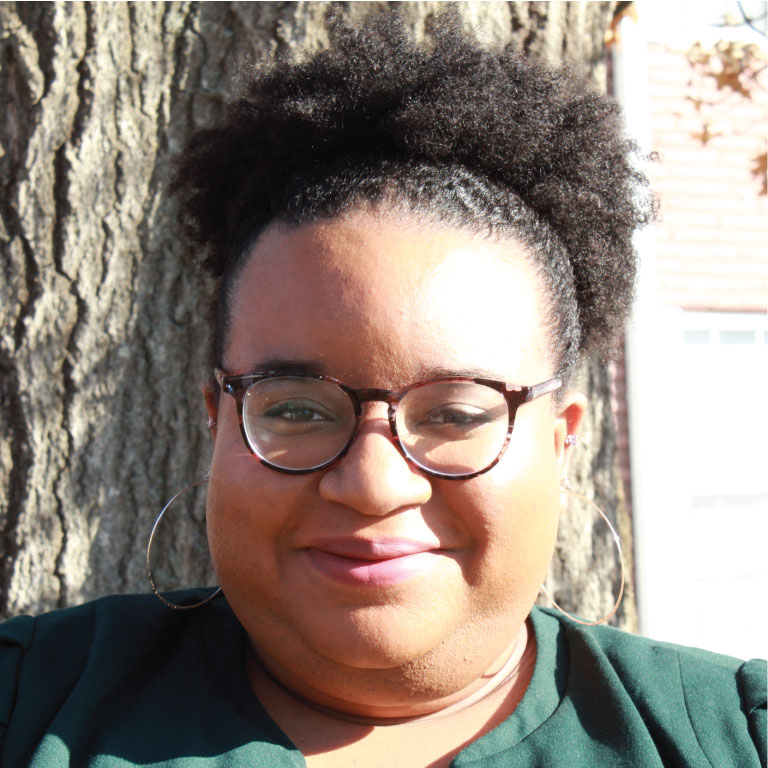#DONTMUTEDC: How Losing the Go-Go Hit Home for IU PhD Candidate
DC's Shaw neighborhood has had an eventful spring. So has IU PhD candidate and DC area native Allie Martin. Her research focuses on the experiences of African-American people in rapidly changing DC, and for the better part of this year, she’s been recording audio from the intersection of 7th & Florida in Shaw. Using a variety of digital techniques, she studies the noise for markers of gentrification. Gentrification is usually seen as a visual process—more bike lanes, more coffee shops, more upper-middle-class apartment buildings. But just as important, argues Allie, are the sonic effects.
This is particularly true for DC, a city with a rich musical history; the popularity of go-go is just one example of the local cultural importance of music. MetroPCS, a cellphone store at 7th and Florida, is well-known for playing this subgenre of funk from outside speakers. The store's owner, Don, has been playing go-go for years. But recently, as new neighbors move in and old neighbors are forced out, there have been some complaints.
In early April, there was a objection raised against the go-go at MetroPCS claiming that the volume of the music was disruptive. “People always say that it’s because of the volume,” Allie says, “But I really think they just don’t want the music at all.” The complaint eventually reached MetroPCS’ parent company, T-Mobile, who forced Don to turn off the speakers. Locals immediately noticed the change, and Howard University student @heroinej__ created the hashtag #DontMuteDC. The campaign went viral, producing an outpouring of support.
“There was an amazing amount of organizing by people like Kymone Freeman, Ron Moten, and Yaddiya,” says Allie. “There was a rally, there was a go-go down the street…and the CEO of T-Mobile tweeted to say okay, we want the go-go to stay.” A victory for DC culture, to be sure, but Martin’s not so sure about how long it will last.
“The go-go is back on, but it’s caught up in this question of gentrification and sound, and honestly a question of white sonic expectation,” explains Allie. “People move in and they get to dictate what the acceptable level of sound is in a given neighborhood. They won this round in terms of getting the music back on, but I wouldn’t be surprised if in a few months we’re doing this again.”



